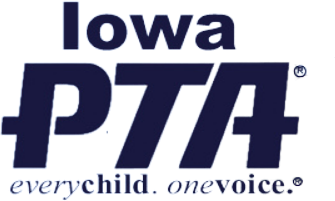Roberts Rules of Order
Key Concepts for a Successful Meeting
Conduct business one item at a time. Jumping around from one item to another can be confusing, and it generally delays progress on any of the items.
Let committees do their work. Your general meeting is to resolve the major issues. Save everybody’s time by letting committees deal with the smaller details.
Don’t allow crosstalk. Require all speakers to address the chairperson. This helps you keep control and ensures everyone will hear the business at hand.
Limit discussion to the topic at hand. Keep things focused, and don’t be shy about asking speakers to deal only with the current topic.
Cut off discussion when it becomes redundant. For controversial issues, setting a time limit for each speaker can help. When discussion becomes circular, summarize the points on each side and ask for anything new–or shut off discussion by calling for a motion.
An orderly, well-run meeting is better for the officers and it’s better for those attending. You’ll get more business done in a shorter time, and everyone will be happier. Parent groups that limit meetings to one hour have much better luck getting people to return the next month.
Agenda: The agenda is a detailed list of specific items, in the sequence in which they will be covered. Use a consistent order of business from meeting to meeting and distribute hard copies of the agenda to attendees. Post the agenda ahead of time at the school and on your website so members know what issues will be discussed at the upcoming meeting. And be specific. Don’t just list “unfinished business.” State what items of unfinished business will be covered.
A typical order of business for a regular parent group meeting might be:
- Welcome
- Approval of minutes (from last meeting)
- President’s report
- Treasurer’s report
- Principal’s report
- Committee reports
- Unfinished business
- New business
- Announcements (including date and time of the next meeting)
- Adjournment
Motion: A motion is how you propose something on which the group should vote. The proposer says, “I move that…” and clearly states what is being considered. Someone else “seconds” the motion. Guided by the president, the group discusses the motion until they are ready to vote. Finally, the president asks for an indication of “all those in favor” followed by “those opposed.” There is no need to ask for “abstentions” (those who choose not to vote at all), because abstentions are not counted toward the outcome of the motion. These are recorded by the secretary.
Quorum: A quorum is the minimum number of members required to conduct business at a meeting. Usually this number is stated in the group’s bylaws. If a quorum is not indicated in the bylaws, Robert’s Rules of Order sets it at a majority of members.
Minutes: The minutes are the permanent record of the business conducted during a meeting, typically prepared by the group’s secretary. They include details such as the date, time, and location of the meeting, whether a quorum was present, and the presiding officer. Specific motions and their outcomes (but not exact vote counts) are also included in the minutes. Discussion is not documented in the minutes. The minutes for each meeting are presented for the assembly’s approval at the next meeting.
Adjournment: Adjournment is a formal way to close a meeting, so everyone knows the session has come to an end. The time of adjournment is recorded in the meeting minutes.
Tabling a Motion: If it is clear that a motion cannot or should not be voted upon at the current time, it is typical to postpone (“table”) it until the next meeting. Often, it helps to appoint a committee or a member to study the issue and report back to other members at the next meeting. This saves time, prevents circular debate, and allows all facts to be considered.
